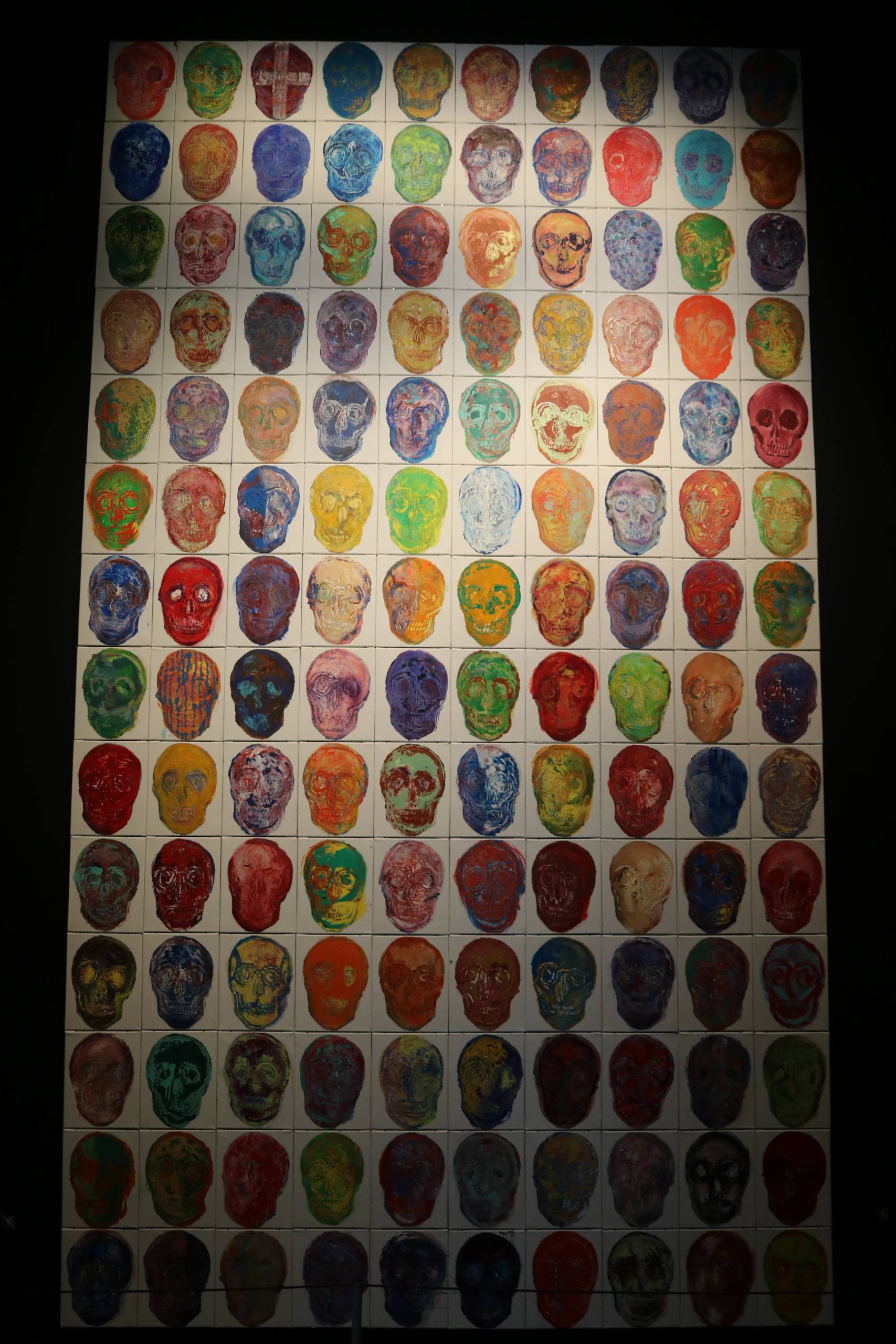Conceptual art is a movement that emerged in the 1960s that focused on the idea or concept behind a work of art, rather than on the traditional aesthetics of the artwork itself. Conceptual artists sought to challenge traditional notions of art and to shift the focus from the physical object to the ideas and concepts that the object represented.
One of the key characteristics of conceptual art is that it often relies on language and ideas rather than on traditional art materials or techniques. Conceptual artists may use a variety of mediums, including performance, installation, or conceptual objects, to convey their ideas.
Conceptual art is not limited to a particular media or style, and it can take many forms. It is not concerned with traditional aesthetic values, and it may not be aesthetically pleasing in the traditional sense. Instead, the focus is on the idea or concept behind the work.
Overall, conceptual art is a movement that challenges traditional notions of art and focuses on the ideas and concepts behind a work, rather than on traditional aesthetics. It is a diverse and flexible medium that allows artists to explore and express a wide range of ideas and concepts.

Leave a Reply